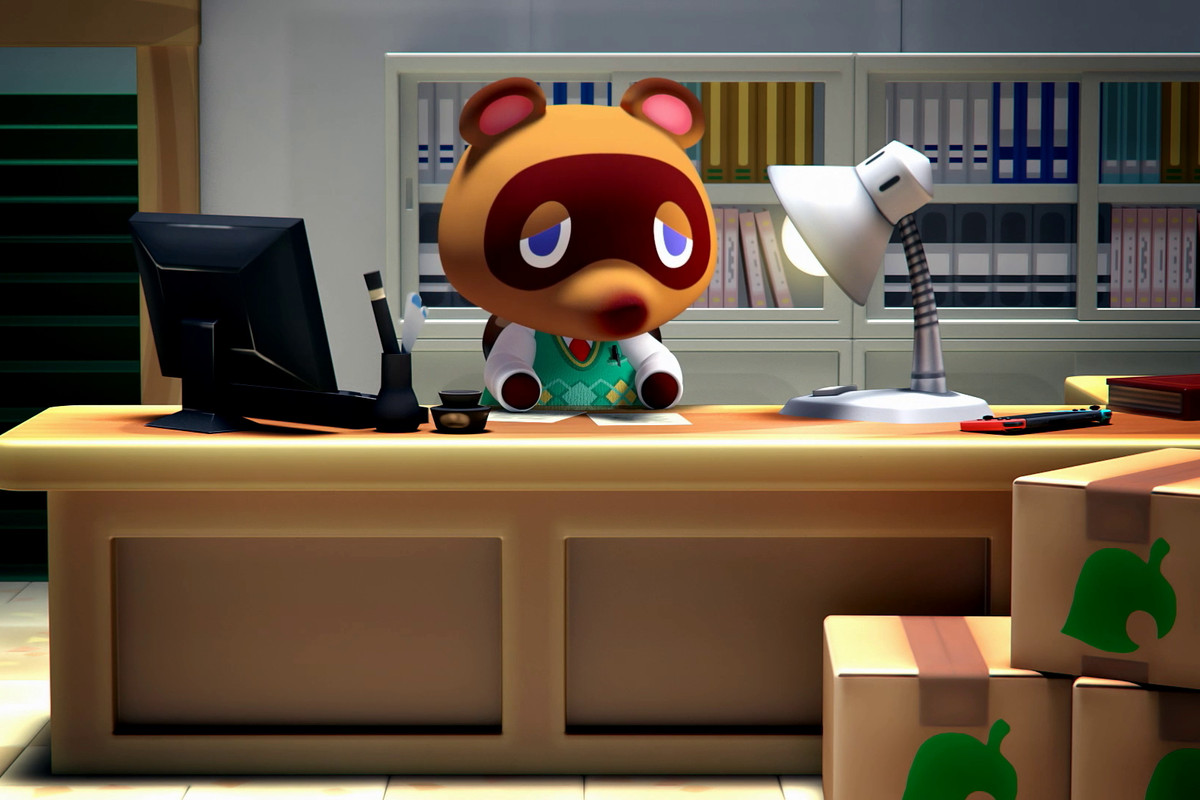

Animal Crossing: New Horizons is just around the corner, with many longtime fans excited to begin their deserted island resort adventures. Offering near limitless customization, an immersive island getaway setting, and a wide cast of plucky animal companions, here’s why gamers should be excited for Tom Nook’s Deserted Island Getaway Package.
Like all Animal Crossing titles, player customization is at the forefront of New Horizons’ philosophy. The level of depth that goes into customization ranges from simple cosmetic changes such as outfits, hairstyles, and hats to game-changing ones.At the start of a player’s island adventure, the game offers four types of islands. Each island contains different layouts, ecosystems, bodies of water, and more. Players can pick the locale that suits their island getaway vision. If players desire a lush, forest-filled island for woodland activities, they can have that. If players want long, winding riverbeds and lakes to enjoy fishing and the like, there’s an island for that.On top of choosing what island they inhabit, players also have the freedom of deciding which hemisphere on which their island will be found. This has game-changing effects, as each hemisphere offers different seasonal patterns, leading to a plethora of seasonal events and activities. When players begin their getaway, their island will be sparse, with only a few readily available amenities and companions. Their campsite will consist of a meager tent and rudimentary gear. With enough time, however, gamers can turn that around and expand their campgrounds from simple tents into expertly crafted houses reminiscent of previous titles. They can be filled to the brim with the dozens of collectibles and furniture players create. Further upgrades can expand their large houses even more to fit anyone’s needs and possessions. Such expansions require a hefty sum of bells, the in-game currency, but no fan to the franchise is a stranger to taking on debt, especially one that doesn’t accumulate interest. Talk about a bargain!
The player will not be the only resident of their deserted island. As players progress in developing their island from a sparse, tree-filled landscape into a thriving and bustling hive, tourists and other villagers will begin streaming in to partake in island activities. While the starting villager count is small, with continued work, players can turn their island into a full-fledged resort teeming with countless residents.The wider range of services and activities players offer on their island, the more likely it is for tourists and villagers to visit. Players may even see a familiar face among the visitors.Since players have full control over the island and its inhabitants, they can designate where they want villagers to reside, as well as create lots for potential newcomers. Villagers will give players their residential tents, allowing them to pick out the best spots possible for their companions to begin their new lives. On top of being real estate brokers, players can become landscapers as well. If something about their island doesn’t sit right or gamers feel extra creative and adventurous, they can use special in-game tools to change the way their islands are set up. The Island Designer Construction permit is given to players who have invested time, effort, and facilities into their islands, giving players construction tools to change their island’s look. With it, players can pave roads and pathways to clean up the streets, dig out dirt blocks by waterways to expand rivers and lakes, and carve out cliffsides to eliminate hard-to-reach areas. These tools all give players the ability to create a truly one-of-a-kind island that they can be proud to call their home.
For the first time in the series, players will be able to tackle their adventures with others, both online and locally. Using in-game social media mechanics, players can connect with other islanders online and visit their camps. Certain tools and functions are limited during visits to prevent users from sabotaging other islanders’ resorts—unless the islander has been registered as a player’s best friend, then they can wreak as much havoc as they want.Along with online functions, up to eight players can live on a single island with one Nintendo Switch console, each player corresponding to a personal profile set up within the console profile bank. This allows multiple players using a single Switch to contribute to the overall development of their island and help one another reach in-game milestones and crafting requirements. It doesn’t end there. On a single console with multiple residents, up to four players can play simultaneously in a mode called “Party Play” and go about their island adventures together. It is a bit limited in function, however. This mode doesn’t support split-screen, preventing players from doing everything they want, and the mode sets one player as the leader. The leader is in control of where the group goes on the island and what the group does. The camera will also focus on the in-game leader, meaning other players cannot traverse freely beyond the screen. The in-game leader can be changed at any time with a button prompt on the Joy-Con.
According to the Animal Crossing: New Horizons Direct, the development team will offer free updates after the game’s launch and continue to add seasonal updates as time goes by.Updates will also add new facilities for players to peruse, as well as more villager guests that players can interact with and invite to live on their islands.This continued support will allow the game to become more refined and fleshed out on top of its already impressive level of polish and presentation. This sort of valuable support speaks only of the good times to come to the island getaway that awaits.
Animal Crossing: New Horizonslaunches on March 20, 2020.
A trailer was also released.
During the recent Mario Kart World Nintendo Direct, Nintendo revealed more details about the upcoming…
The trailer showcases several terrifying enemies